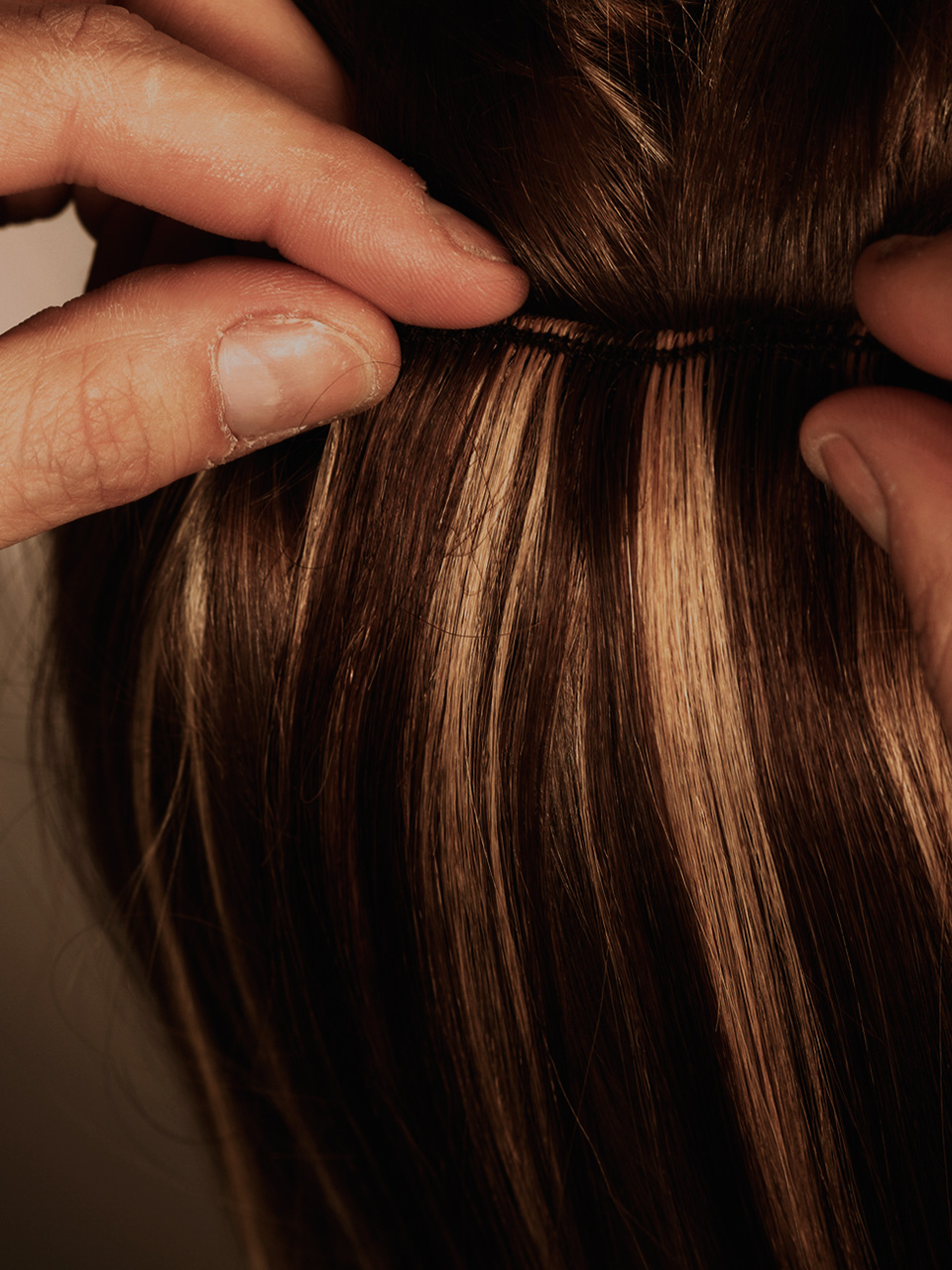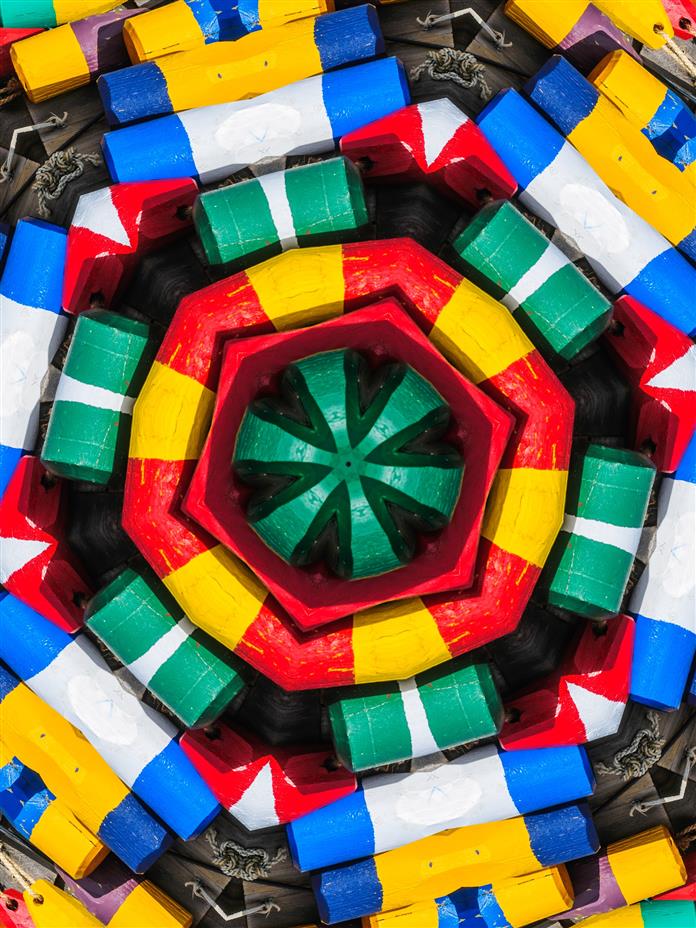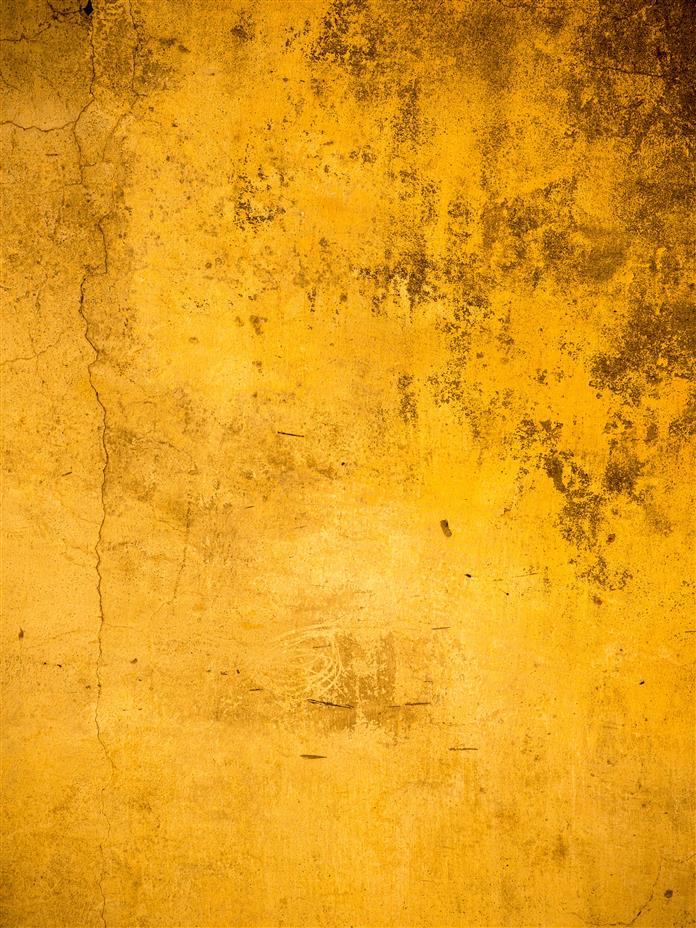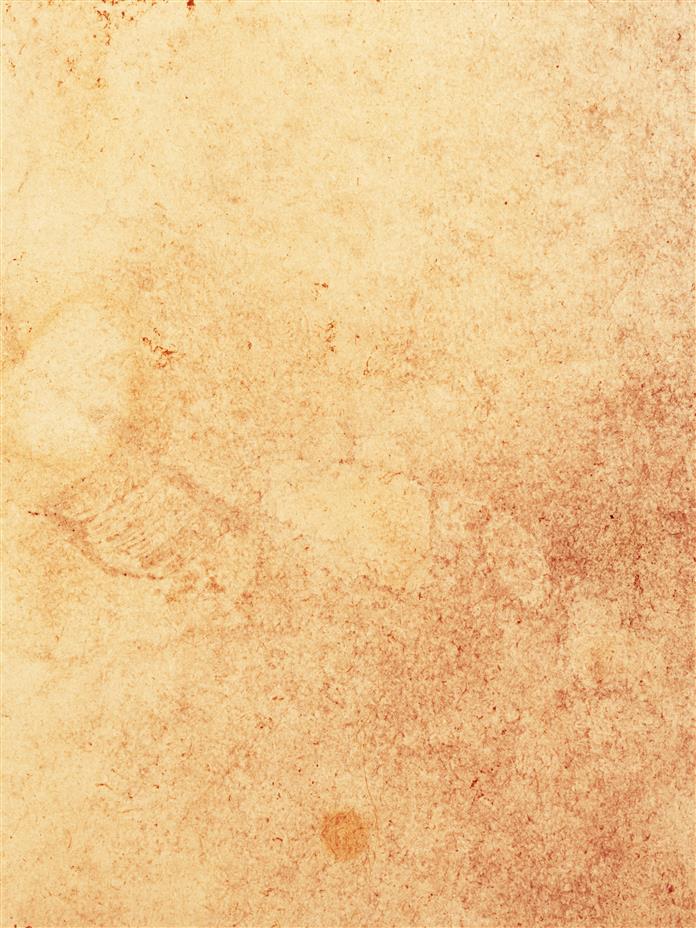
Tap to Read ➤
Types of Hair Extensions
Debopriya Bose


Different types of hair extensions have given women a variety of options to style their tresses. From increasing the length to adding volume, hair extensions can be used for a variety of purposes.

For today's women, options for styling hair knows no limits. They can curl, perm, straighten, or even color their hair using the various ideas that are available. However, all this is done with the natural length and volume of the hair. What if one could make her tresses look like they were longer and fuller? Hair extensions grant this wish.

What are Hair Extensions?
Hair extensions are strands of hair that are simply attached to one's normal hair to add length and volume. There are a number of extension techniques that allow one to wear various styles. The most common one is weaving the extension to one's natural tresses.

Besides this, various glues and clips are used to add these to the existing hair. They are a great choice for those who want to try different coloring techniques and hairstyles that they don't want to be permanent.

Types

Depending on the material used, there are two types:

Natural
Natural extensions refer to those that are made from human hair. They come in various varieties and offer the most natural look. These are more expensive than synthetic ones. They are available in different qualities which decides their price.

Asian hair is the least expensive. However, due to its coarse texture, Asian ones are not suitable for everyone. European ones are of the finest quality, and hence the most expensive among natural extension types.

The main advantage of this type is that it can be treated and maintained like one's own hair. Hence, it is recommended for those who want to have a full head of extensions. However, if not cared for properly, they tend to bundle together. It is important to use high quality hair care products. These are more durable and can be styled in a number of different ways as compared to synthetic ones.
Synthetic
These are made of hair that is man-made. These are less expensive, but they have their share of disadvantages. Though they are more readily available as compared to natural ones, it is very difficult to get ones that match your tresses perfectly. They also tend to bundle up excessively, specially if shampooed. Hence, these should be clipped while applying shampoo.
It is difficult to heat style synthetic ones, as excess heat tends to singe them, hence causing them to fizz. Clipping them out of the way when blow drying is the only remedy. This type is not recommended for those who want to have full head hair extensions. Despite their drawbacks, they are a great choice for experimenting with different hairstyles without spending too much money.
Depending on the way the extensions are attached to the hair, the following options are available:
Clip In
These are the easiest ones to add length and volume to your tresses. They are clipped to the natural hair. Just part your hair and start from the nape of the neck, working your way up. These can be easily removed before going off to bed. Hence, they are the best choice for special events or occasions.
Weaved
In this type, the extension is weaved into natural hair with the help of threads. The threads create a track along which the extensions are sewn.
Sealed
These are bonded or sealed with one's natural hair. The hair is sectioned and the extensions are plaited in. They are then painted with a bonding solution that seals them around the natural hair.
Besides these main types, there are the glued ones in which the extensions are attached to one's natural hair using different types of glue. Sometimes heated resin, wax, and small cylinders are also used.